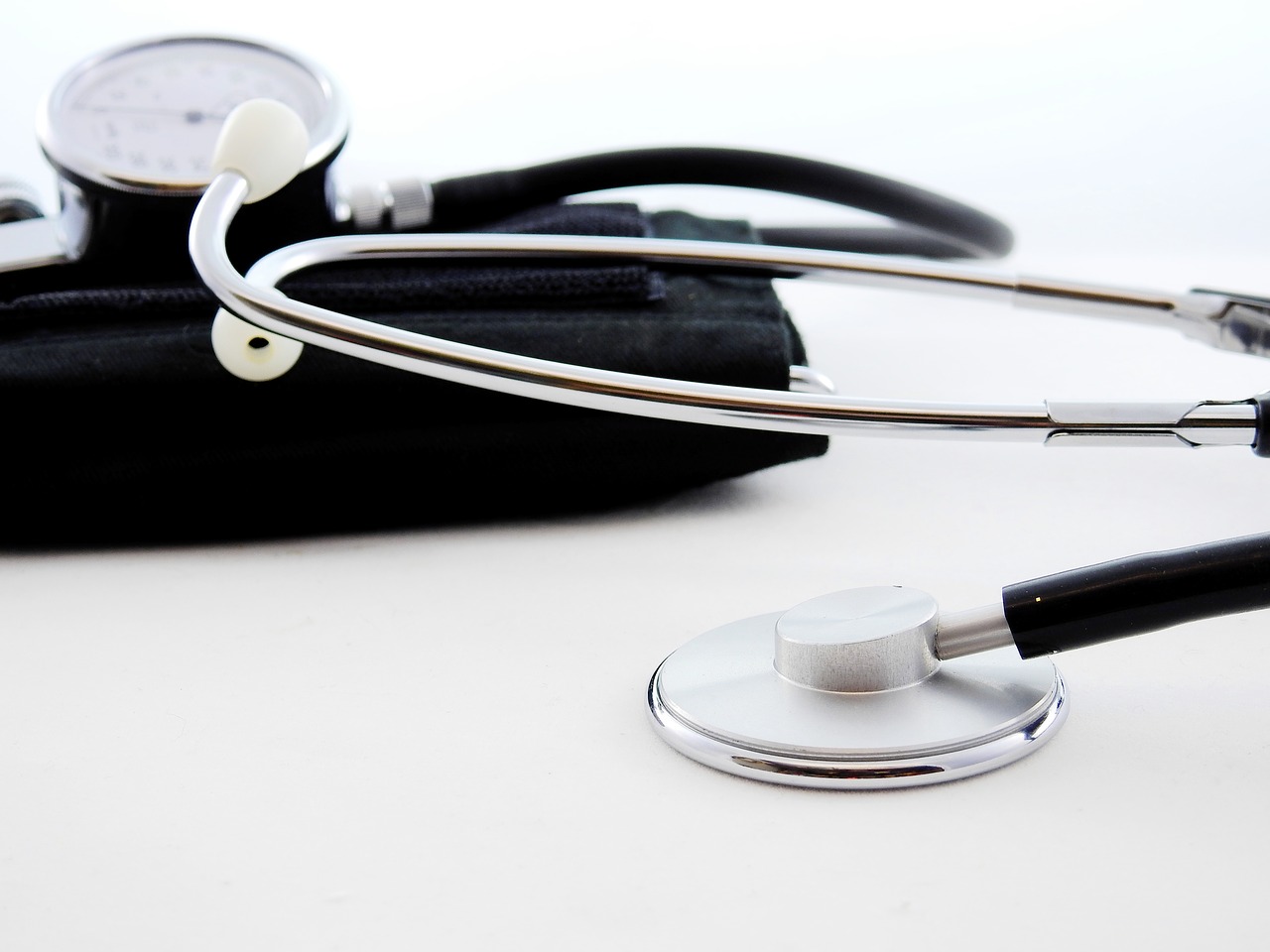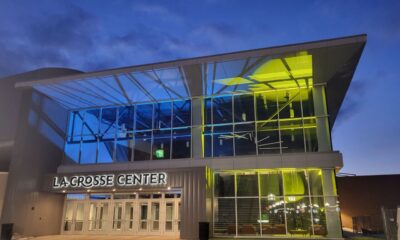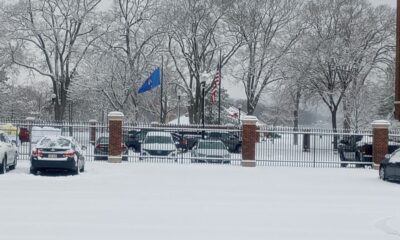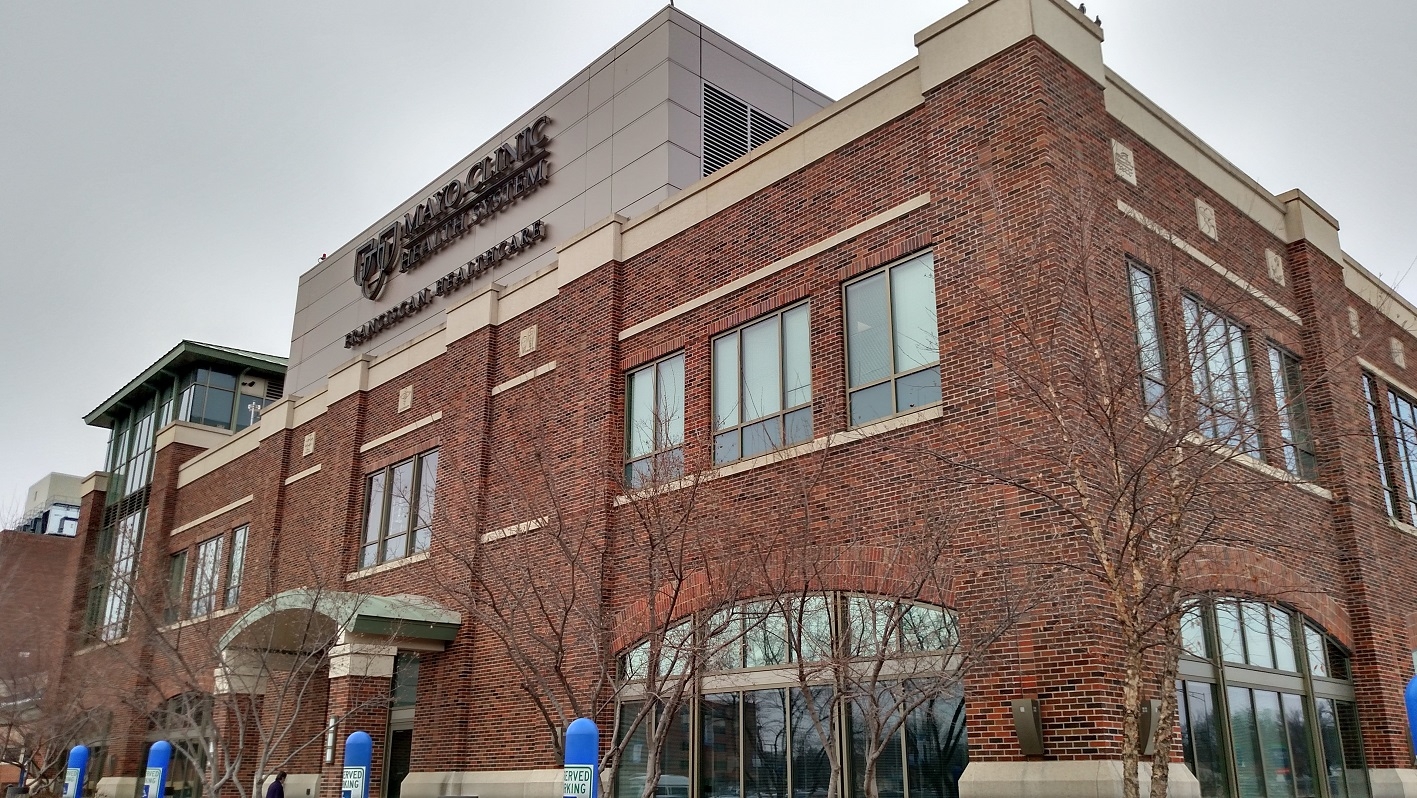Coronavirus
Rural communities face unique COVID-19 challenges

The big news of 2020 is often of COVID-19 outbreaks in large cities, but rural communities also battle distinct challenges from the virus.
Dr. Carrie Henning-Smith is a researcher with the University of Minnesota School of Public Health. She has studied several Coronavirus factors including demographics and logistics that may impact how people are affected.
Rural areas make up the vast majority of land mass in the United States, and 15-20 percent of the population lives in a rural area, according to Henning-Smith. Her data showed rural residents are typically older, have lower median incomes, higher poverty rates, lower rates of insurance, higher unemployment rates, and higher rates of underlying health conditions.
“Altogether, this puts rural residents at a higher risk from COVID-19,” Henning-Smith said.
Addressing the limited access to healthcare, she said since 2010, 128 rural hospitals have closed. Of those, eight closed in 2020 alone. Half of all rural hospitals operate in the red on an annual basis. Additionally, not being able to do routine visits, elective visits, and procedures during the pandemic further strains health care finances. Plus, those hospitals or clinics may not have buying power to purchase the appropriate PPE to handle a COVID-19 situation.
“Nearly 80 percent of rural areas are designated as medically underserved,” Henning-Smith said. “Rural residents live farther on average from emergency rooms. Rural counties are less likely to have ICU beds or ventilators available if someone needs them.”
Rural areas are also less likely to have reliable broadband internet and cellular connectivity, making it difficult to access healthcare including through telehealth or to offer services remotely. Limited connectivity can also increase risk of exposure. It may force individuals to go into an office whereas others can work remotely while maintaining a physical distance.
“It’s important to acknowledge that rural places and rural people are not monolithic,” Henning-Smith said. “Rural areas can be remote, but they can also be found not far from major cities. The challenges rural areas face differ depending on their particular state policy, geographic, and economic context.”
Of course, concerns for meat-packing sites were on her radar.
“Places with high percentages of Latino and immigrant employees with generally low access to healthcare,” Henning-Smith said. “These are people living and working in close quarters.”
There has been some optimism in these high-risk areas around the nation. Some communities have offered free COVID-19 testing for residents with research money. A school district in Texas offered broadband access to every household using boosters around their seven rural schools costing only $30 per household per year.
“It’s possible to get these resources to people,” Henning-Smith said. We just need the wherewithal to do it. Rural areas are smaller and sometimes that can be an advantage allowing them to be more nimble and innovative given access to resources.”
Her call to action was to help rural places and people in the short term. She wanted to stabilize funding for rural hospitals and healthcare providers to make sure they have testing and PPE available. Longer-term, Henning-Smith said the nation needs to address healthcare capacity in rural areas which included expanding Medicaid and access to insurance for all residents who need it. Broadband expansion was another obvious need.






